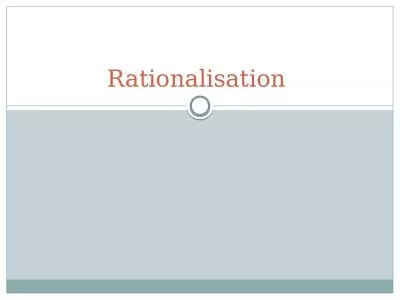PPT-Rationality of Religious Belief
Author : lois-ondreau | Published Date : 2016-07-08
Introduction to Philosophy Jason M Chang Lecture Outline Background Antony Flews position RM Hares position Basil Mitchells position Background The issue Two ways
Presentation Embed Code
Download Presentation
Download Presentation The PPT/PDF document "Rationality of Religious Belief" is the property of its rightful owner. Permission is granted to download and print the materials on this website for personal, non-commercial use only, and to display it on your personal computer provided you do not modify the materials and that you retain all copyright notices contained in the materials. By downloading content from our website, you accept the terms of this agreement.
Rationality of Religious Belief: Transcript
Download Rules Of Document
"Rationality of Religious Belief"The content belongs to its owner. You may download and print it for personal use, without modification, and keep all copyright notices. By downloading, you agree to these terms.
Related Documents

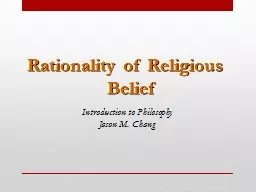
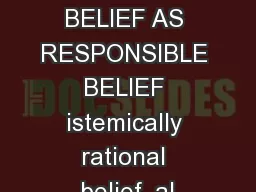
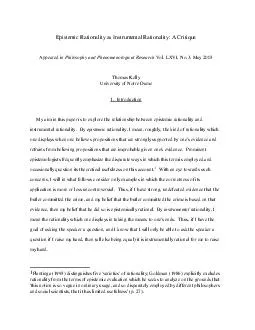
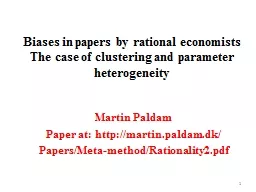
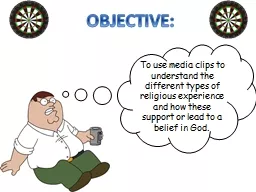
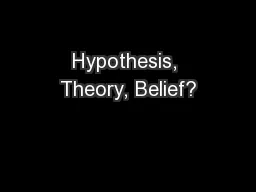

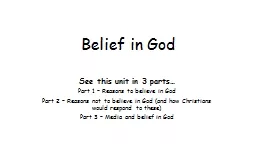
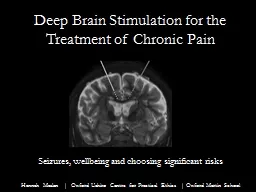
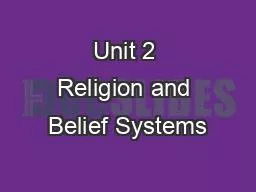
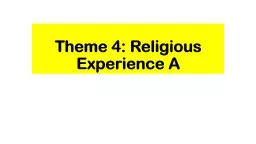

![[PDF READ ONLINE] Retaking Rationality: How Cost-Benefit Analysis Can Better Protect the](https://thumbs.docslides.com/1019702/pdf-read-online-retaking-rationality-how-cost-benefit-analysis-can-better-protect-the.jpg)
